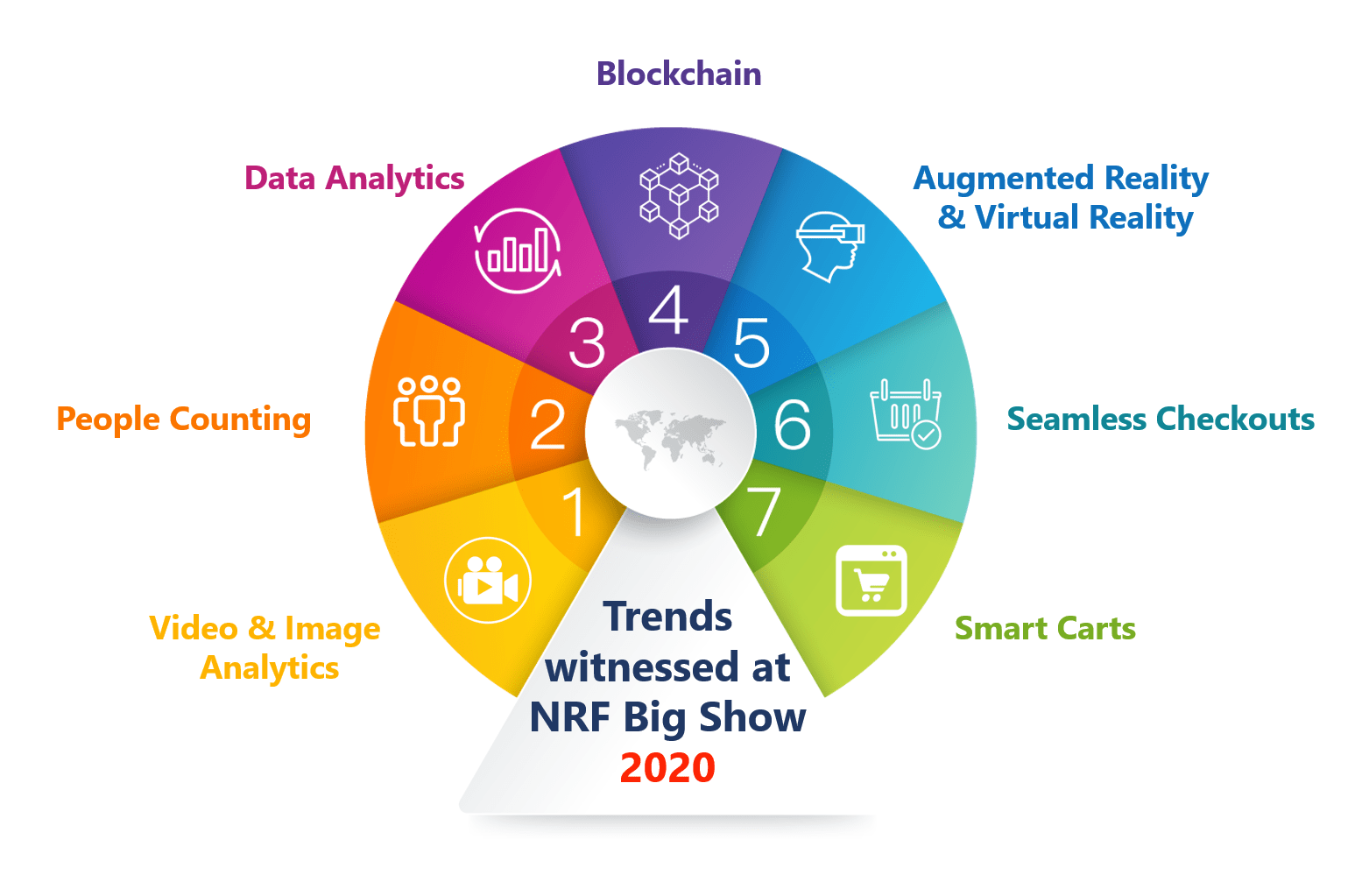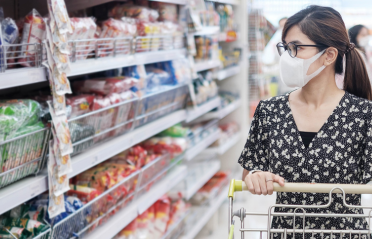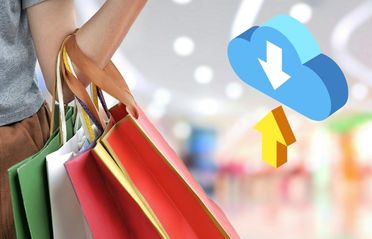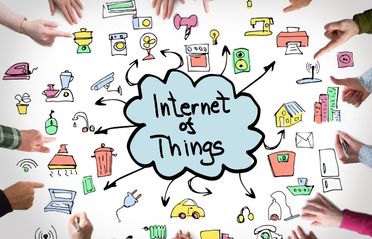1) Video and Image analytics:
- There were several companies at the NRF who were trying to showcase various use cases around the application of video and image analytics in retail. There were a wide variety of demos which revolved around:
- feeding multiple facial images in the system and identifying every individual distinctly when a face is detected in a frame or a live video
- provide personalized customer experience by demographic identification based on sex and age
- opportunity to improve store management by identifying objects/products placed on aisles and subsequently notifying the
store manager/backend warehouse for vacant spaces
- ways to enhance warehouse operations by identifying vacant spaces on aisles using drone imaging
The early use cases of video and image analytics in retail revolved around avoiding or reducing the losses from activities such as shoplifting and employee fraud. But now it is being incorporated into the retail strategy as a driver of business growth. The deep insights and real-time data derived from making use of video and image analytics will help retailers stay competitive, deliver greater value, increase customer loyalty, and enhance the customer experience.
2 People counting:
Several companies showcased the use of innovative technologies to aid retailers in their people counting efforts. This is because people counting is looked upon as a necessary practice now for gauging the number of customers visiting a retail store as well as the most frequented areas in that store. It helps the store manager understand in real-time which areas of the store need improvement or enhancement. Some of the people counting use cases that were seen NRF included:
- Using live video feeds from security cameras along with images for better accuracy
- People counting using laser technology where the head and shoulder combination/shape is identified while a person leaves or enters the store, and this is counted via LASER placed at the entrance of retail store/outlet. This could then be integrated with cameras for precision.
According to a 2019 Global Market Insights Inc. report, the people counting system market is expected to grow from USD 900 million in 2018 to USD 2000 million by 2025. Increased adoption of digital technologies to support regular retail operations is the reason behind this growth. Efficient people counting systems can help in staff optimization by tracking the busiest time slots which would lead to enhanced operational efficiency.
3 Data Analytics:
Alteryx and Retailwire surveyed more than 350 retailers and found out that while 81% say they gather shopper insights and 76% vouch that those insights are critical to their organization’s performance, only 16% consider themselves experts at harnessing that data.
Therefore, many companies that operate in the retail tech domain had some piece of analytics offering along with their end-to-end retail solutions. Almost every company showcased various analytics on custom based dashboards. Some of the common dashboard features were based on demand forecasting, understating buying patterns, consumer segmentation, queue management, etc. As competition increases, retailers would require in-depth insights gleaned from analytics dashboards to effectively manage and predict future performance.
4 Blockchain:
According to a report by Allied Market Research, the global blockchain in retail market size which was valued at $83 million in 2018, and is projected to grow at a CAGR of 84.6% from 2019 to 2026 to reach $11.18 billion by 2026. The application of Blockchain in retail is believed to provide on-time delivery, real-time information, and record-time service for retailers. Blockchain technology is synonymous with reliability, quality, product safety, and authenticity. Therefore, it helps promote ethical consumerism as supply chain partners get to know about their product’s source of origin, means of procurement as well as location. These factors drive the market growth for blockchain in the retail industry.
Still in its nascent stage Blockchain has its own set of challenges. In the entire e-e value chain, not all the vendors are currently on the Blockchain. For the implementation of Blockchain, all the vendors in the value chain need to be on the blockchain so that the system works seamlessly and talks with each other. This is currently an impediment as vendors are not ready to move to the Blockchain system.
Nevertheless, retail tech ISVs showcased use cases around contract management, logistics, supply chain, container tracking, cargo tracking etc.
5 Augmented Reality and Virtual Reality
The implementation of AR and VR in retail helps both retailers and consumers alike. While consumers undoubtedly gain from a better shopping experience, retailers can work towards significantly reducing operating costs by an immersive and engaging customer experience although on a virtual platform. For instance, one of the most engaging demonstrations at the show involved smart screens detecting a person and then showing that person in specific apparel such an item of clothing, shoes, etc. The application of AR and VR has found resonance in the furniture retail, beauty industry, and apparel and accessory industry. Major retailers across various industries have found success by implementing AR and VR. Also, the data yielded by these technologies will help retailers understand customer buying patterns better, aid in contextual shopping, and eventually provide an engaging customer experience.
6 Seamless Checkout
A CivicScience study found that 33% of respondents preferred using a self-service checkout method and the number increased to 46% among the 18-34 years age group.
The process of retail checkout is viewed as a chore as it involves a long queue and waiting time. And while retail outlets have POS systems in place now, the checkout experience has not differed much. Don’t we all remember Amazon Go where the customers must scan a QR code on their Amazon Go app as they enter the store, buy anything they want, and when they checkout they are charged via that app? Frictionless checkout is ever-evolving, and retailers are looking out for ways to implement it as the world will open up post-COVID19.
Some of the large retail tech ISV’s were showcasing use cases as follows:
- A person scans a QR code from a mobile device before entering a retail store. The person starts picking up items. A mesh network of cameras placed across the store detects the object/item picked up by this person and intelligently sends this data to other cameras in the mesh network which has edge computing at camera level. The product is added to the cart and eventually, payment is done from the phone app.
- A person scans the QR code while entering the store. He/she picks up a product and places it back in the same position and then picks up a different product. The cart gets automatically updated with the new product and the customer can then proceed with payment via mobile app.
A person picks up a product from an aisle and places it at the wrong location on the aisle. The system intelligently identifies that the product is placed at the wrong location. Whenever the product placed at the wrong location is picked up, the system identifies it correctly and gets added to the cart even though it has been picked from the wrong location. The product is added to the cart and then payment can be processed via the app.
7 Smart Carts
The concept of shopping cart is nearly 152 years old. Originally invented to make the in-store experience efficient by enabling shoppers to move more groceries around the store easily and drive sales, they have now become a fixture in grocery stores. While eCommerce provides a lucrative shopping proposition where people can have a frictionless checkout, there are still contexts where consumers might prefer the physical shopping experience. On those premises, we found some innovative technology ISVs who were showcasing smart carts. These smart carts could identify products and items that are placed in the cart via cameras placed at 4 corners in the cart.
The NRF Big Show 2020 was a learning experience for HSC as we came across the various ways in which the retail industry is undergoing a digital transformation to serve customers better, increase customer satisfaction and improve operational efficiency by making use of digital technologies. HSC has a bouquet of offerings for the retail sector which includes
Video and image analytics to perform people counting and demographic analytics
People Insights AI which is a fully self-contained solution that does footfall counting, dwell time analysis, passers-by analysis, heatmaps, demographic analytics and path navigation maps
Intelligent Monetization Platform, a powerful system that fuses multiple customer data points, such as demographics, purchases, location, dwell time, journey analytics and more attributes to focus on delivering measurable outcomes that enterprises care about, such as increasing footfall and increasing conversion rate
WiFi Analytics Solution, a powerful and flexible analytics platform that helps businesses monetize raw location information by converting them into actionable business insights based on accurate footfall measurement, dwell time analytics, heatmaps and goes further into predictive analytics including future footfall expectations and more
HSC has been a pioneer in digitally transforming enterprises even before digital transformation became a buzzword. Reach out to us if you need help in transforming your retail enterprise to the next level.

Product Engineering Services Customized software development services for diverse domains
Sustenance Engineering Going beyond maintenance to prolong life of mature products
Managed Services Achieve scalability, operational efficiency and business continuity
Technology Consulting & Architecture Leverage the extensive knowledge of our Domain Experts




